Cigar Review: Tatuaje The Chuck
11 Nov 2020
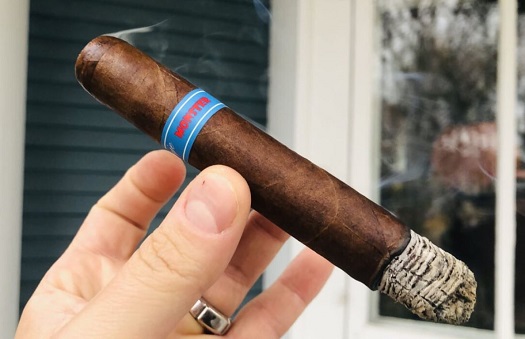
The Monster Series from Pete Johnson’s Tatuaje Cigars has been around almost as long as this website—which, in cigar years, is pretty much an eternity. It started in 2008 with The Frank and wrapped up in 2019 with a dual Halloween-timed releases for The Tiff and The Chuck.
 In between, many of Johnson’s favorite characters from the horror genre were celebrated, including The Bride, The Drac, The Face, The Hyde, The Jekyll, The JV13, The Krueger, The Michael, The Mummy, and The Wolfman. This annual Halloween release (13 in total) constituted arguably the most sought-after, longest-running, most collectable series of limited production creations in the world of boutique cigars.
In between, many of Johnson’s favorite characters from the horror genre were celebrated, including The Bride, The Drac, The Face, The Hyde, The Jekyll, The JV13, The Krueger, The Michael, The Mummy, and The Wolfman. This annual Halloween release (13 in total) constituted arguably the most sought-after, longest-running, most collectable series of limited production creations in the world of boutique cigars.
Scarcity was certainly a factor at play. Traditionally, Johnson only produced 666 “dress boxes†of 13 cigars for that year’s Monster Series release, with only 13 “unlucky†retailers getting the bulk of the boxes to sell. The 2019 release of The Chuck and The Tiff, however, saw some notable differences. For one, there were two releases, and the two dress boxes interlock to form one Child’s Play-inspired collectable piece. Also, Johnson doubled the unlucky retailers to 26 each receiving 13 dress boxes of both cigars (with another 328 boxes of each cigar sold to other retailers).
Of note: The release of The Chuck and The Tiff in the preceding paragraph relates to the full Monster Series production, not offshoot Tatuaje Monster sizes like Little Monsters, Pudgy Monsters, Skinny Monsters, Skinny Monsters Cazadores, or Skinny Monsters Lancero. Both The Chuck and The Tiff made appearances across all of these other formats, except Little Monsters.
If all this is confusing—and it’s OK to admit it is—here’s the bottom line: In 2019, Tatuaje launched its last two full cigars in the Monster Series: The Tiff (5.9 x 52, $13, 31,000 total cigars) and The Chuck (5.9 x 52, $13, 31,000 total cigars).
Today I’m reviewing The Chuck, which was made at My Father Cigars S.A. in Nicaragua with an Ecuadorian Habano wrapper around Nicaraguan binder and filler tobaccos. (In contrast, The Tiff has an Ecuadorian Connecticut wrapper around Nicaraguan tobaccos.) It’s a well-formed, firm cigar with an oily, dark chocolate-colored wrapper that’s not without a few large veins. The cold draw is smooth, and the pre-light aroma at the foot is reminiscent of green raisin, hay, and cereals.
The Chuck starts with a burst of both red and black pepper spice along with some heavy notes of earth and leather. The texture is dry and bready. The Habano wrapper clearly takes center stage. The spice dials back after about a quarter-inch, and that leaves room for some subtle sweetness to come through.
Heading into the midway point, the spice remains yet continues to fade. Here, I would classify both the strength and body as medium. Leather and cereals make up the core with some nice additions like roasted peanut, raisin, and black coffee. The final third is more of the same but with even less spice.
Across the three samples I smoked for this review, construction was both consistent and admirable. The burn line requires a few touch-ups along the way, the draw is smooth, and the smoke production is adequate. The ash tends to be fairly flaky, though, and is prone to fall off prematurely.
It’s impossible to smoke The Chuck and not compare it to other cigars in Tatuaje’s Moster Series. Looking back on my reviews, it seems my favorites were The Mummy and The Jekyll (probably in that order). I also loved Boris, though Johnson says this release doesn’t officially count as part of the Monster Series. In any event, while The Chuck is a fine cigar, I would not put it in the same class as my favorites from the series, and have settled on a respectable score of three and a half stogies out of five.

[To read more StogieGuys.com cigar reviews, please click here.]
photo credit: Stogie Guys

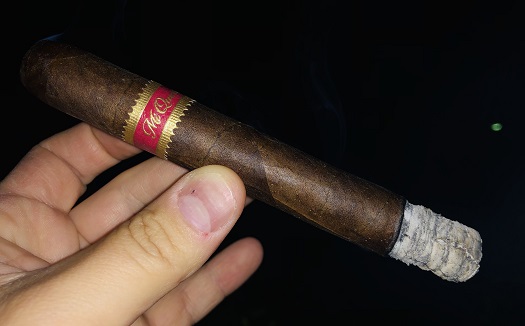
 Three summers later, in 2019, an offshoot called Mi Querida Triqui Traca was announced. The phrase mi querida translates to “my dearest,†but in Nicaragua the phrase is most often used to describe a secret mistress; triqui traca is another Nicaraguan term, this one used to describe fireworks that are bound together to form a long string of fuses and ignited in the streets to mark special occasions and holidays.
Three summers later, in 2019, an offshoot called Mi Querida Triqui Traca was announced. The phrase mi querida translates to “my dearest,†but in Nicaragua the phrase is most often used to describe a secret mistress; triqui traca is another Nicaraguan term, this one used to describe fireworks that are bound together to form a long string of fuses and ignited in the streets to mark special occasions and holidays.
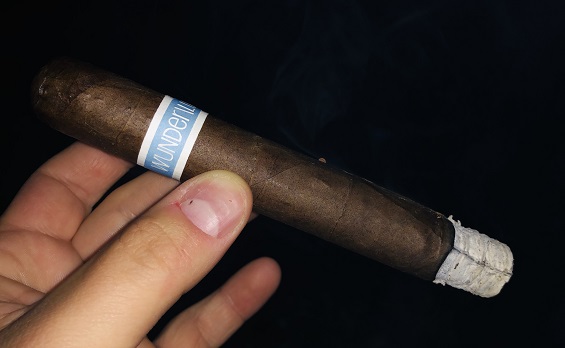
 That’s easier said than done. Wunder|Lust, introduced in 2016, is made for—and exclusive to—retailers in Germany (the German prefix wunder means “wonder,†and the name also plays off the concept of wanderlust). But when I recently found a stateside RoMa sampler that included several Wunder|Lust cigars, I jumped at the chance.
That’s easier said than done. Wunder|Lust, introduced in 2016, is made for—and exclusive to—retailers in Germany (the German prefix wunder means “wonder,†and the name also plays off the concept of wanderlust). But when I recently found a stateside RoMa sampler that included several Wunder|Lust cigars, I jumped at the chance.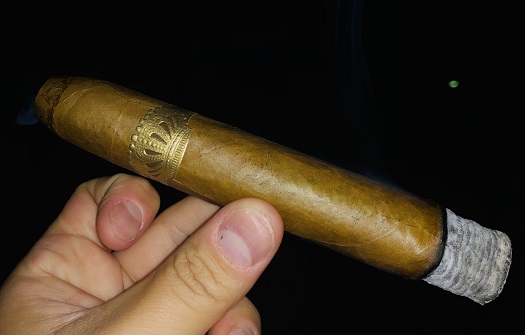
 Saka will take to Facebook Live on October 1 to reveal which are which. In the meantime, today I am reviewing the Sobremesa Brûlée in its pure form, specifically in the Gordo vitola. The cigars examined were obtained at my own expense and not part of the STFU sampler.
Saka will take to Facebook Live on October 1 to reveal which are which. In the meantime, today I am reviewing the Sobremesa Brûlée in its pure form, specifically in the Gordo vitola. The cigars examined were obtained at my own expense and not part of the STFU sampler.
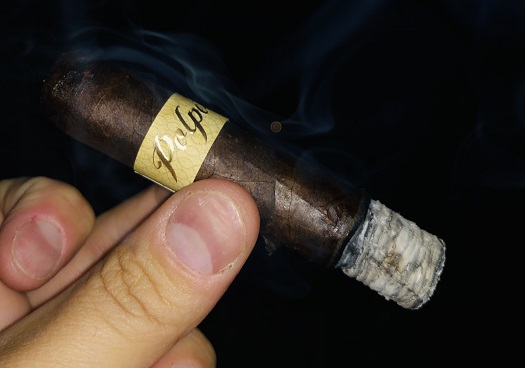
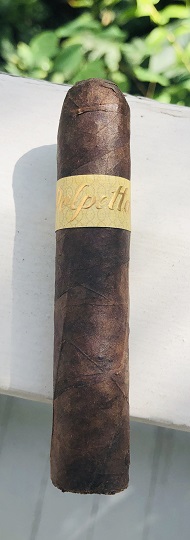 Flash forward to July 16, 2020. Smoke Inn, a Florida-based retailer with a robust e-commerce presence, hosted a “Saka’s Smorgasbord†online event, which featured a conversation between Saka and Smoke Inn chief Abe Dababneh, as well as special deals on Dunbarton samplers. And, just as if the event had been conducted in-person, certain purchases included a varying number of Polpetta cigars.
Flash forward to July 16, 2020. Smoke Inn, a Florida-based retailer with a robust e-commerce presence, hosted a “Saka’s Smorgasbord†online event, which featured a conversation between Saka and Smoke Inn chief Abe Dababneh, as well as special deals on Dunbarton samplers. And, just as if the event had been conducted in-person, certain purchases included a varying number of Polpetta cigars.
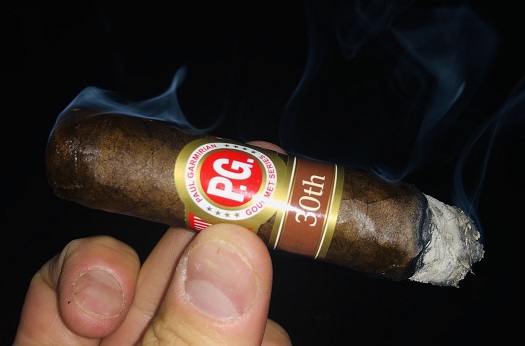
 PG’s dedication to traditionalism and disdain for slick marketing and gimmickry—documented in our
PG’s dedication to traditionalism and disdain for slick marketing and gimmickry—documented in our 
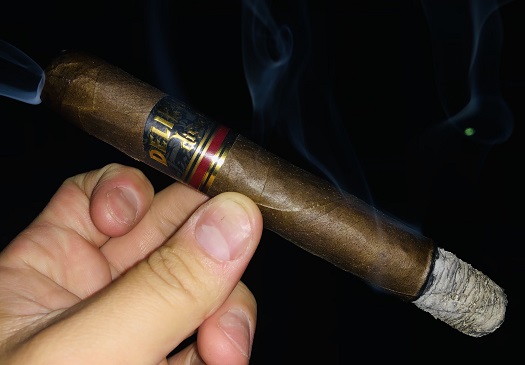
 But Hair of the Dog hit my palate in all the right places. It was a delicious, well-balanced, toro-sized smoke with a light press and flavors including cashew, white pepper, toast, cinnamon, and licorice. Perhaps out of step with the Diesel name, it was subtle and medium-bodied.
But Hair of the Dog hit my palate in all the right places. It was a delicious, well-balanced, toro-sized smoke with a light press and flavors including cashew, white pepper, toast, cinnamon, and licorice. Perhaps out of step with the Diesel name, it was subtle and medium-bodied. Patrick Ashby
Co-Founder & Editor in Chief
Patrick Ashby
Co-Founder & Editor in Chief Patrick Semmens
Co-Founder & Publisher
Patrick Semmens
Co-Founder & Publisher George Edmonson
Tampa Bureau Chief
George Edmonson
Tampa Bureau Chief